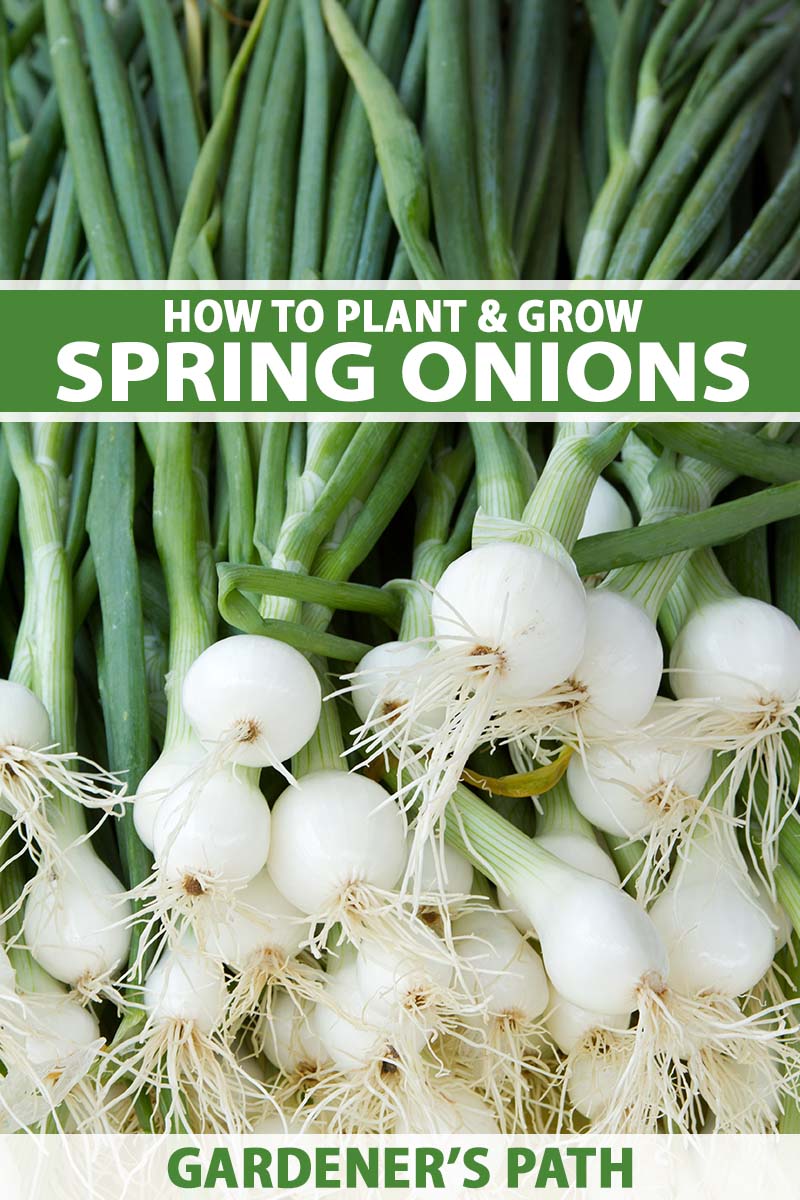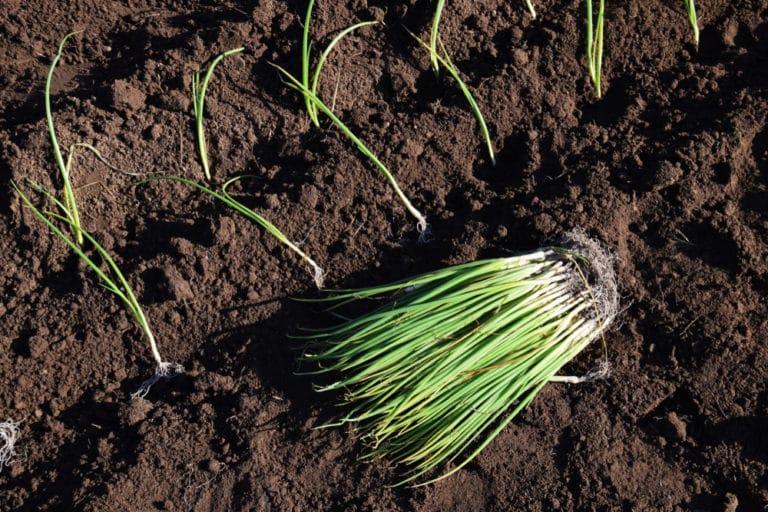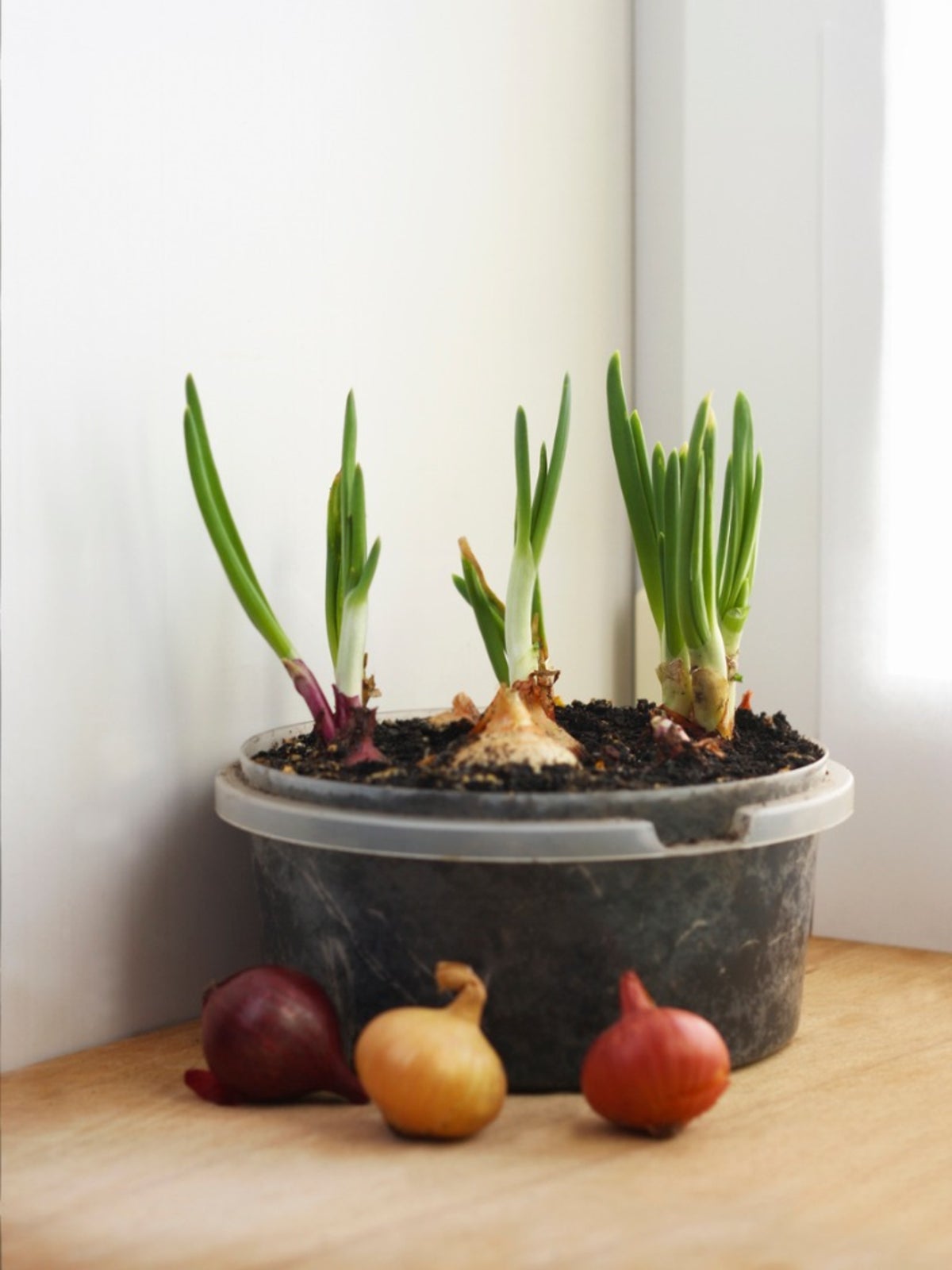The Basics of Growing Spring Onions
Learning how to grow spring onions can be a rewarding experience, especially when you consider the numerous benefits they offer. Not only are they easy to grow, but they’re also packed with nutrients and add a delicious flavor to various dishes. Spring onions are an excellent addition to salads, sandwiches, and soups, and they can be used as a garnish or added to sauces and marinades for extra flavor. One of the key advantages of growing spring onions is their ease of growth. They require minimal maintenance and can thrive in a variety of conditions, making them an ideal crop for beginners and experienced gardeners alike. Another benefit of growing spring onions is their nutritional value. They’re low in calories and rich in vitamins, minerals, and antioxidants, making them a healthy addition to any meal. When it comes to understanding the difference between spring onions and scallions, it’s essential to know that spring onions are typically harvested before the bulb forms, whereas scallions are allowed to mature and form a bulb. By understanding the basics of growing spring onions, you’ll be well on your way to enjoying a bountiful harvest of these delicious and versatile vegetables.
Choosing the Right Variety for Your Climate
When it comes to growing spring onions, selecting the right variety is crucial for a successful harvest. With numerous types of spring onions available, it’s essential to choose a variety that is well-suited to your climate and region. Some popular varieties of spring onions include ‘White Lisbon’, ‘Red Onion’, and ‘Welsh Onion’. Each variety has its unique characteristics, growth habits, and requirements. For example, ‘White Lisbon’ is a popular variety that is known for its mild flavor and is suitable for growing in cooler climates. On the other hand, ‘Red Onion’ is a variety that is better suited for warmer climates and has a sweeter flavor. When selecting a variety, consider factors such as your region’s temperature, humidity, and sunlight exposure. It’s also important to choose a variety that is resistant to common pests and diseases in your area. By selecting the right variety, you’ll be able to provide the best conditions for your spring onions to thrive and enjoy a bountiful harvest. If you’re new to growing spring onions, consider starting with a variety that is known for its ease of growth, such as ‘Welsh Onion’. With a little research and planning, you’ll be able to find the perfect variety for your climate and enjoy the many benefits of growing spring onions.
Preparing the Soil for Optimal Growth
Before learning how to grow spring onions, it’s essential to prepare the soil for optimal growth. Spring onions require a well-draining soil mix with a pH between 6.0 and 7.0. To create the ideal soil mix, combine equal parts of compost, peat moss, and perlite. This mixture will provide the necessary nutrients and drainage for healthy growth. If your soil is heavy clay or sandy, amend it with organic matter such as compost or well-rotted manure to improve its structure. Additionally, spring onions require adequate nutrients, particularly nitrogen, phosphorus, and potassium. You can use a balanced fertilizer with a ratio of 10-10-10 to provide the necessary nutrients. When preparing the soil, remove any debris, rocks, and weeds that may compete with your spring onions for water and nutrients. Till the soil to a depth of 8-10 inches to loosen it and create a smooth surface for sowing. By preparing the soil properly, you’ll be able to provide the best conditions for your spring onions to thrive and enjoy a bountiful harvest.
How to Sow Spring Onion Seeds for Success
When it comes to learning how to grow spring onions, sowing the seeds correctly is crucial for a successful harvest. To start, choose a location that receives full sun to partial shade, depending on the variety of spring onion you’re growing. Sow the seeds in the early spring or late summer/early fall, about 1-2 inches deep and 1-2 inches apart. You can also sow the seeds in rows, with the rows spaced 12-18 inches apart. Water the soil gently but thoroughly after sowing, and keep the soil consistently moist during the first few weeks after sowing. As the seedlings emerge, thin them out to 3-4 inches apart to allow for proper growth. It’s essential to sow the seeds at the right depth, as sowing them too deeply can lead to rot and poor germination. By following these steps, you’ll be able to give your spring onions the best start in life and enjoy a bountiful harvest. Remember, learning how to grow spring onions requires attention to detail, especially when it comes to sowing the seeds. With a little patience and practice, you’ll be able to master the art of growing delicious spring onions at home.
Providing the Right Conditions for Growth
Once you’ve sown your spring onion seeds, it’s essential to provide the right conditions for optimal growth. Spring onions require full sun to partial shade, depending on the variety, so choose a location that receives at least 6 hours of direct sunlight per day. In terms of temperature, spring onions prefer cooler temperatures, between 60°F and 70°F (15°C and 21°C), which makes them an ideal crop for early spring or late summer/early fall. When it comes to watering, spring onions need consistent moisture, especially during the first few weeks after sowing. Water them deeply once or twice a week, depending on weather conditions. However, be careful not to overwater, as this can lead to rot and other diseases. By providing the right conditions for growth, you’ll be able to learn how to grow spring onions that are healthy, flavorful, and abundant. Remember, understanding how to grow spring onions requires attention to detail, especially when it comes to providing the right conditions for growth. With a little practice and patience, you’ll be able to enjoy a bountiful harvest of delicious spring onions.
Pest and Disease Management for Healthy Growth
When learning how to grow spring onions, it’s essential to be aware of common pests and diseases that can affect their growth. One of the most common pests that can affect spring onions is the onion fly, which can lay its eggs in the soil near the plants. To manage onion flies, use row covers to prevent them from reaching the plants, and remove any infested plants to prevent the spread of the pest. Another common pest is the onion thrip, which can cause damage to the leaves and bulbs. To manage onion thrips, use neem oil or insecticidal soap to control their populations. In terms of diseases, spring onions are susceptible to fungal diseases such as powdery mildew and root rot. To prevent these diseases, ensure good air circulation around the plants, and avoid overwatering, which can create an ideal environment for fungal growth. By being aware of these common pests and diseases, and taking steps to manage them organically, you’ll be able to grow healthy and flavorful spring onions. Remember, understanding how to grow spring onions requires attention to detail, especially when it comes to pest and disease management. With a little practice and patience, you’ll be able to enjoy a bountiful harvest of delicious spring onions.
Harvesting and Storing Your Spring Onion Crop
When it comes to harvesting spring onions, timing is everything. Spring onions are ready to harvest when the bulbs are between 1-2 inches in diameter, usually around 60-90 days after sowing. To harvest, carefully dig around the plants with a fork, being careful not to damage the bulbs. For a continuous harvest, you can also harvest the green tops of the spring onions, leaving about an inch of stem and roots intact. This will encourage the plants to regrow and provide a second crop. Once harvested, spring onions can be stored in a cool, dry place to maintain freshness and flavor. To store, trim the roots and any damaged leaves, and place the spring onions in a breathable bag or container. They can be stored for up to 2 weeks in the refrigerator, or for several months in a cool, dark place. By learning how to grow spring onions and properly harvesting and storing them, you’ll be able to enjoy their delicious flavor and nutritional benefits for months to come. Remember, understanding how to grow spring onions requires attention to detail, especially when it comes to harvesting and storing the crop.
Tips and Variations for Growing Spring Onions in Containers
When it comes to growing spring onions in containers, the key to success lies in choosing the right container, soil, and care. Start by selecting a container that is at least 6-8 inches deep and has good drainage holes. Spring onions prefer well-draining soil, so mix in some organic matter like compost or perlite to improve soil structure. When learning how to grow spring onions in containers, it’s essential to choose a variety that is compact or dwarf, such as ‘Parisienne’ or ‘Beltsville Bunching’. These varieties are specifically bred for container growing and will produce a bountiful harvest in a small space. To care for your container-grown spring onions, make sure to provide them with full sun to partial shade, and water them regularly to keep the soil consistently moist. Fertilize your spring onions regularly with a balanced fertilizer, and keep the container free of weeds to prevent competition for nutrients. By following these tips, you’ll be able to enjoy a delicious and nutritious crop of spring onions, even in a small space. Remember, understanding how to grow spring onions in containers requires attention to detail, but with the right care and attention, you’ll be rewarded with a bountiful harvest.









